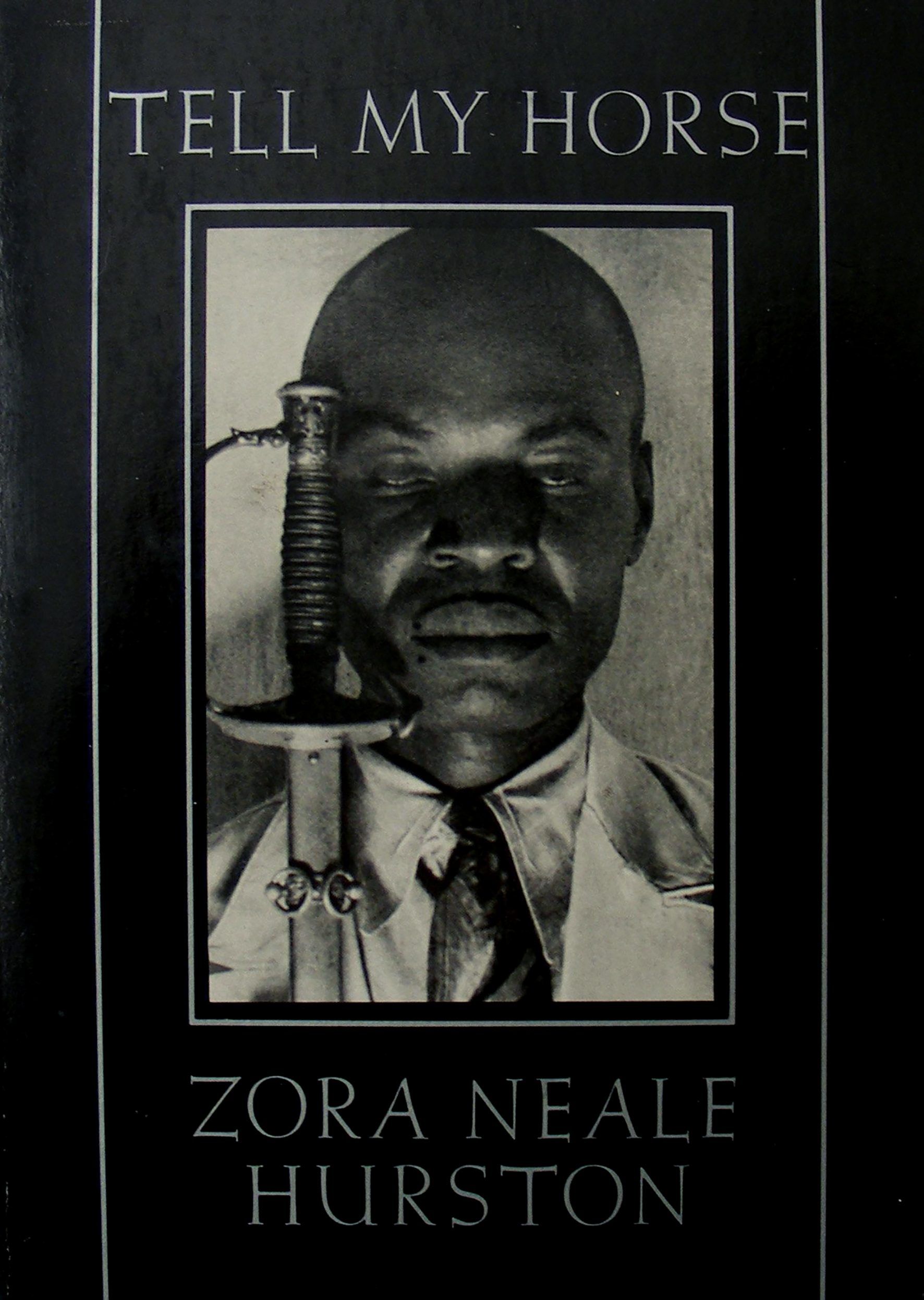IV. Convergence
Zora Neale Hurston in Haiti and Jamaica


Zora Neale Hurston (1891–1960) was an American writer, performer, anthropologist, and filmmaker born in Notasulga, Alabama. She studied at Barnard College, where she graduated with a B.A. in Anthropology (1928). Between 1927 and 1940, she filmed life among rural African American communities on 16mm. Accompanied by Alan Lomax and Mary Elizabeth Barnicle, she researched African American song traditions and their relationship to the enslaved, and African antecedent music in Florida and Georgia. With support from the Guggenheim Foundation, she published Tell My Horse (1938) documenting her accounts of studying spiritual and cultural rituals in Jamaica and voodoo in Haiti. Hurston’s novels, short stories, plays, and anthropological treaties continue to exert profound influence on artists and writers, cementing her reputation as one of the foremost creative pioneers of the 20th century. Her publications include Their Eyes Were Watching God (1937), Seraph on the Suwanee (1948), and the posthumous Negro Folk-tales from the Gulf States (2001) and Barracoon: The Story of the Last “Black Cargo” (2018), among many others. Hurston died in Florida in 1960. Her remains were buried in an unmarked grave until poet Alice Walker commissioned a marker in 1973 with the inscription: “Zora Neale Hurston / A Genius of the South.”
Read next: “Speculative Elegy: Miryam Charles’ Cette
maison,” inside Fire Blossoms: A Dossier by Yasmina Price
Back to Fire Blossoms table of contents
Fig. 1, Unknown staff photographer, Zora Hurston, or mama drum (1937). No copyright restrictions. Courtesy Library of Congress.
Back to Fire Blossoms table of contents
Fig. 1, Unknown staff photographer, Zora Hurston, or mama drum (1937). No copyright restrictions. Courtesy Library of Congress.
Fig. 2, Zora Neale Hurston, Tell My Horse: Voodoo and Life in Haiti and
Jamaica (1938). Edition: Turtle Island Books (1981).